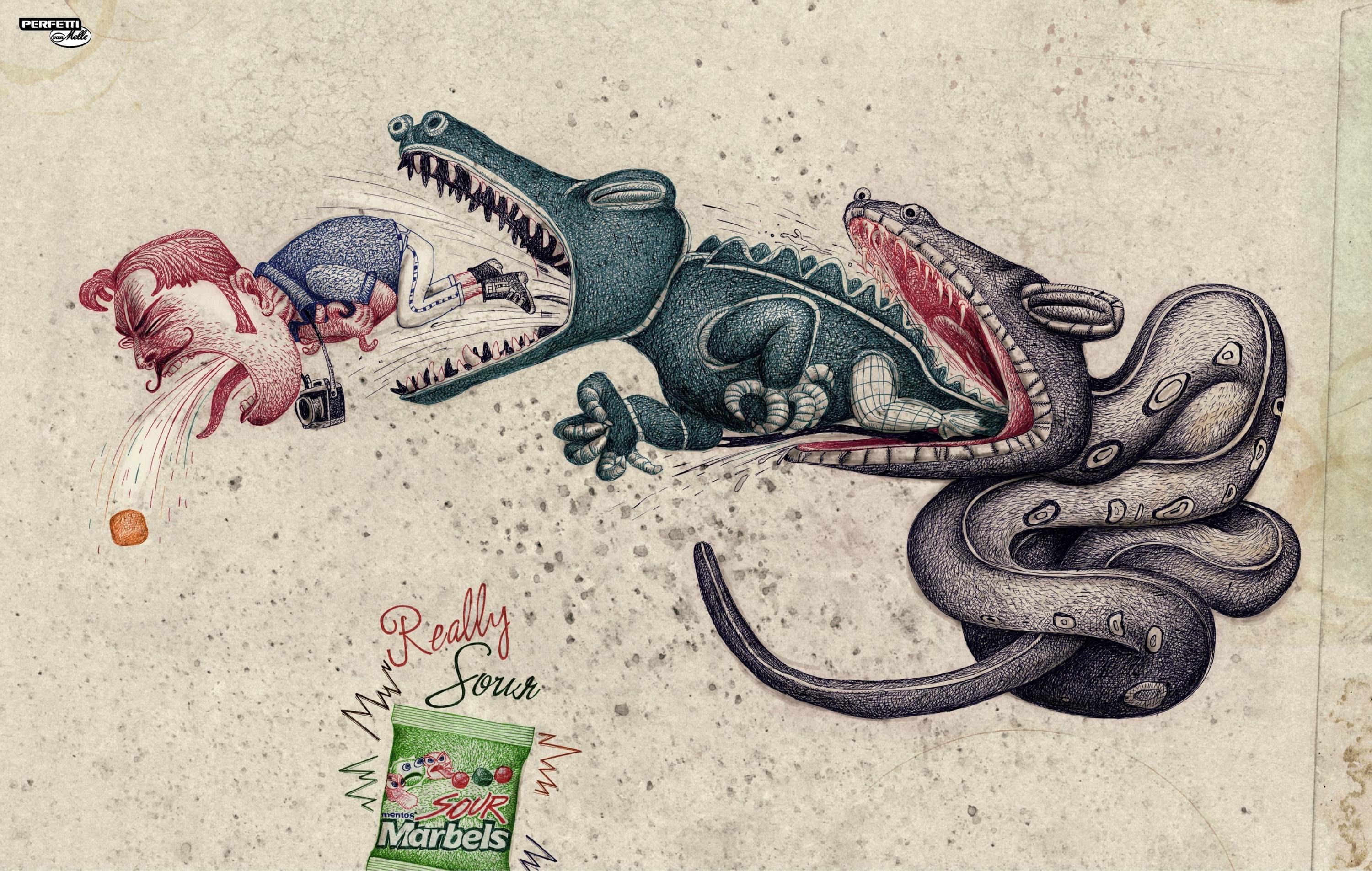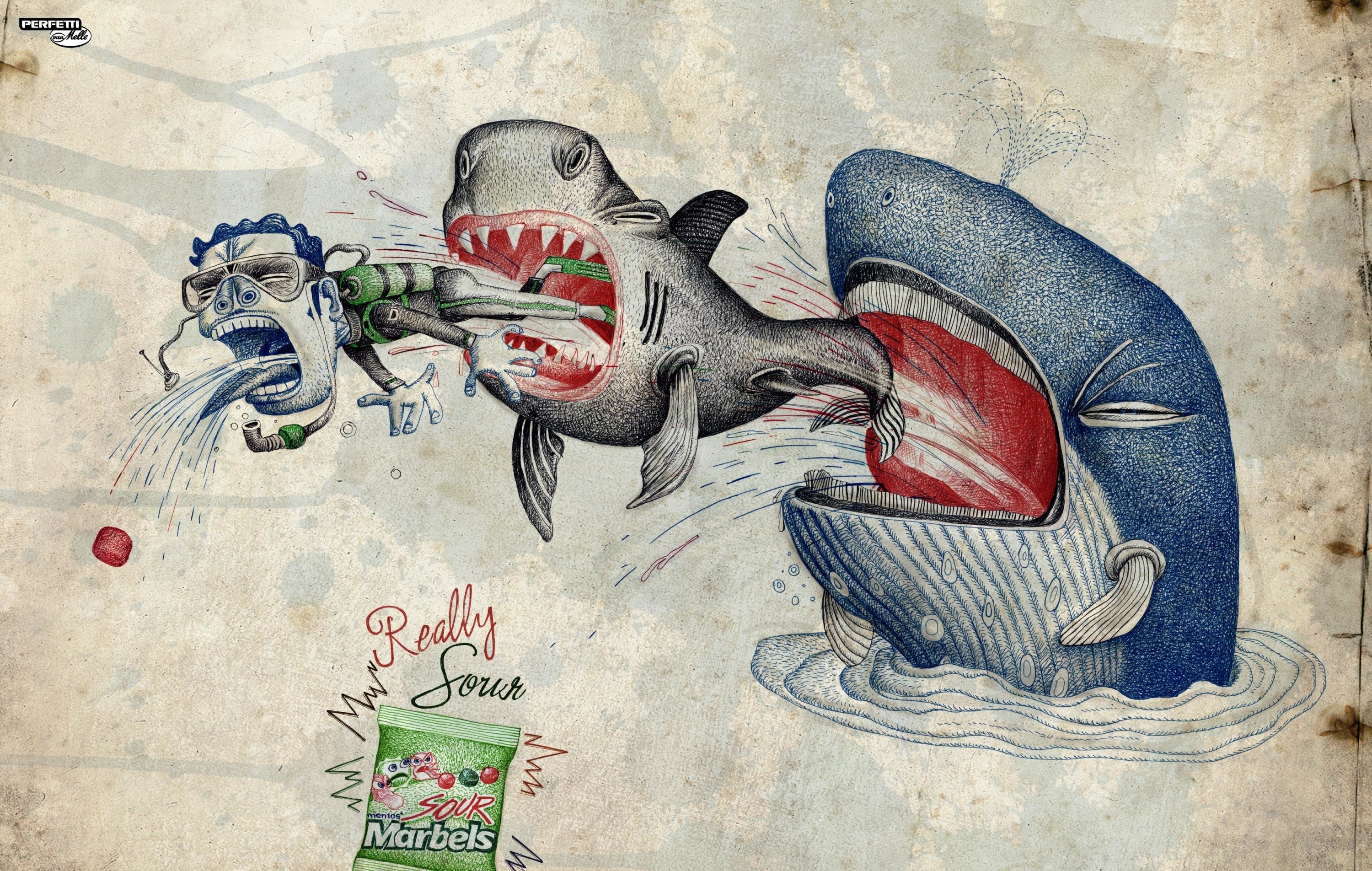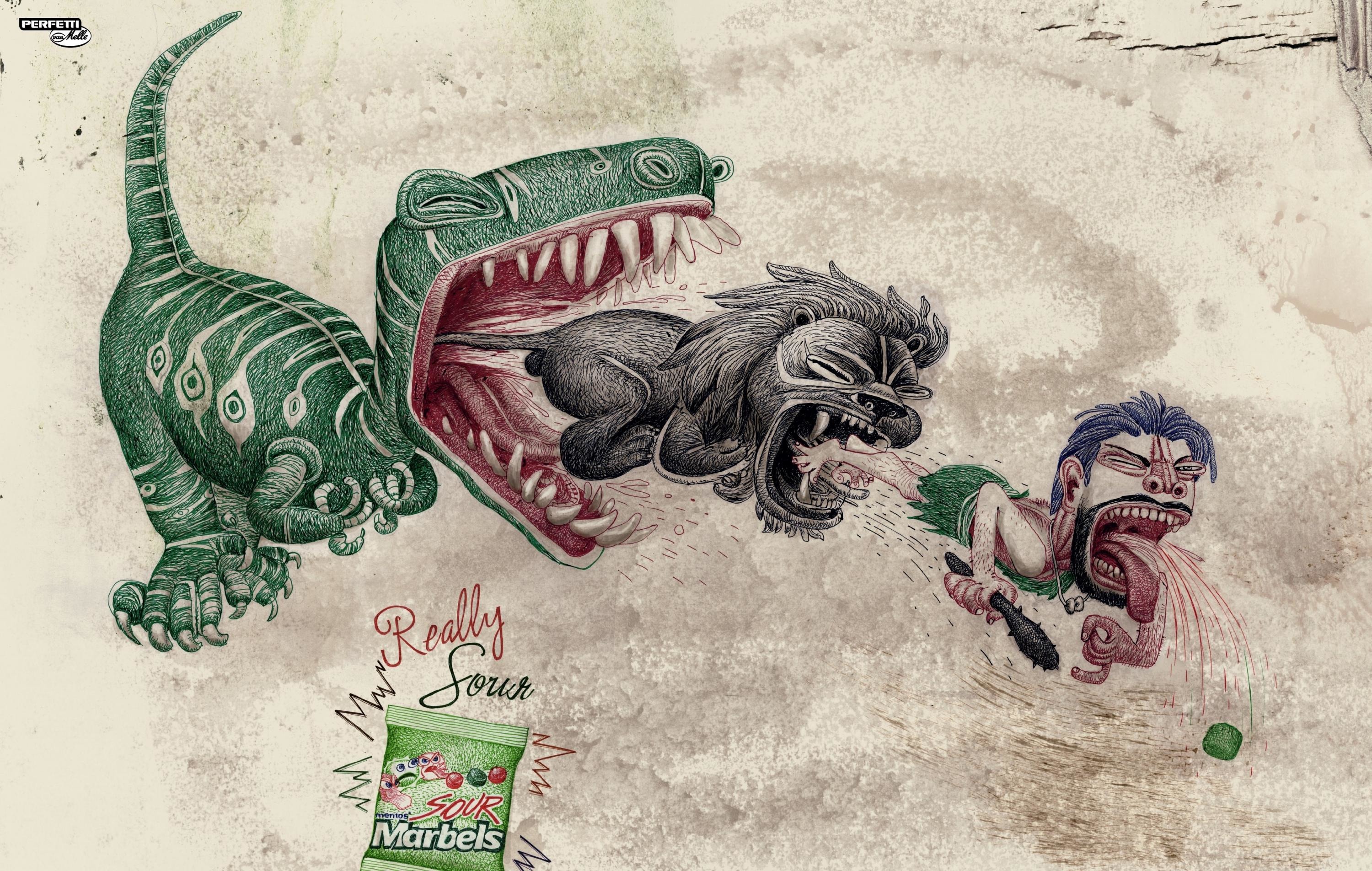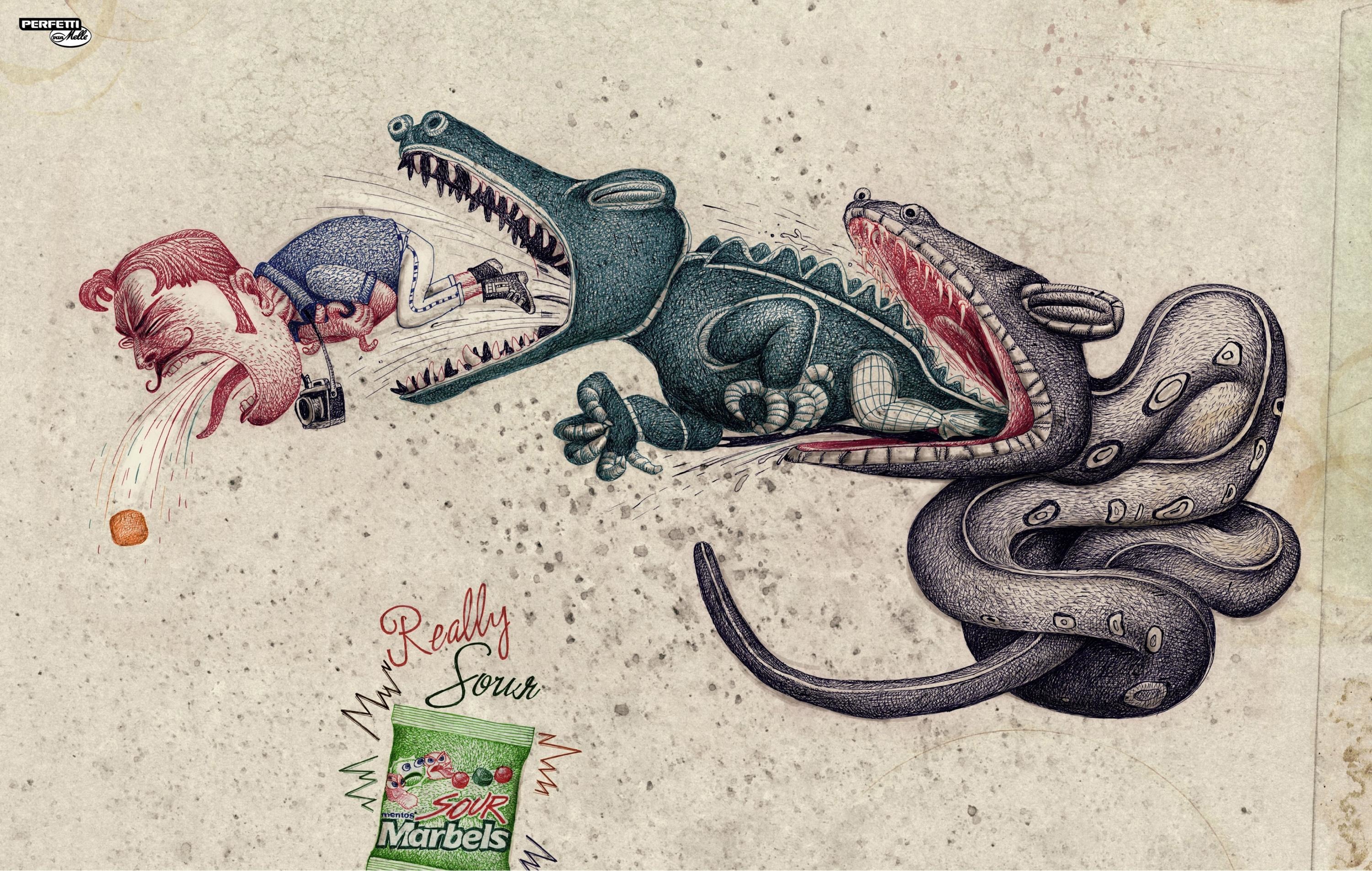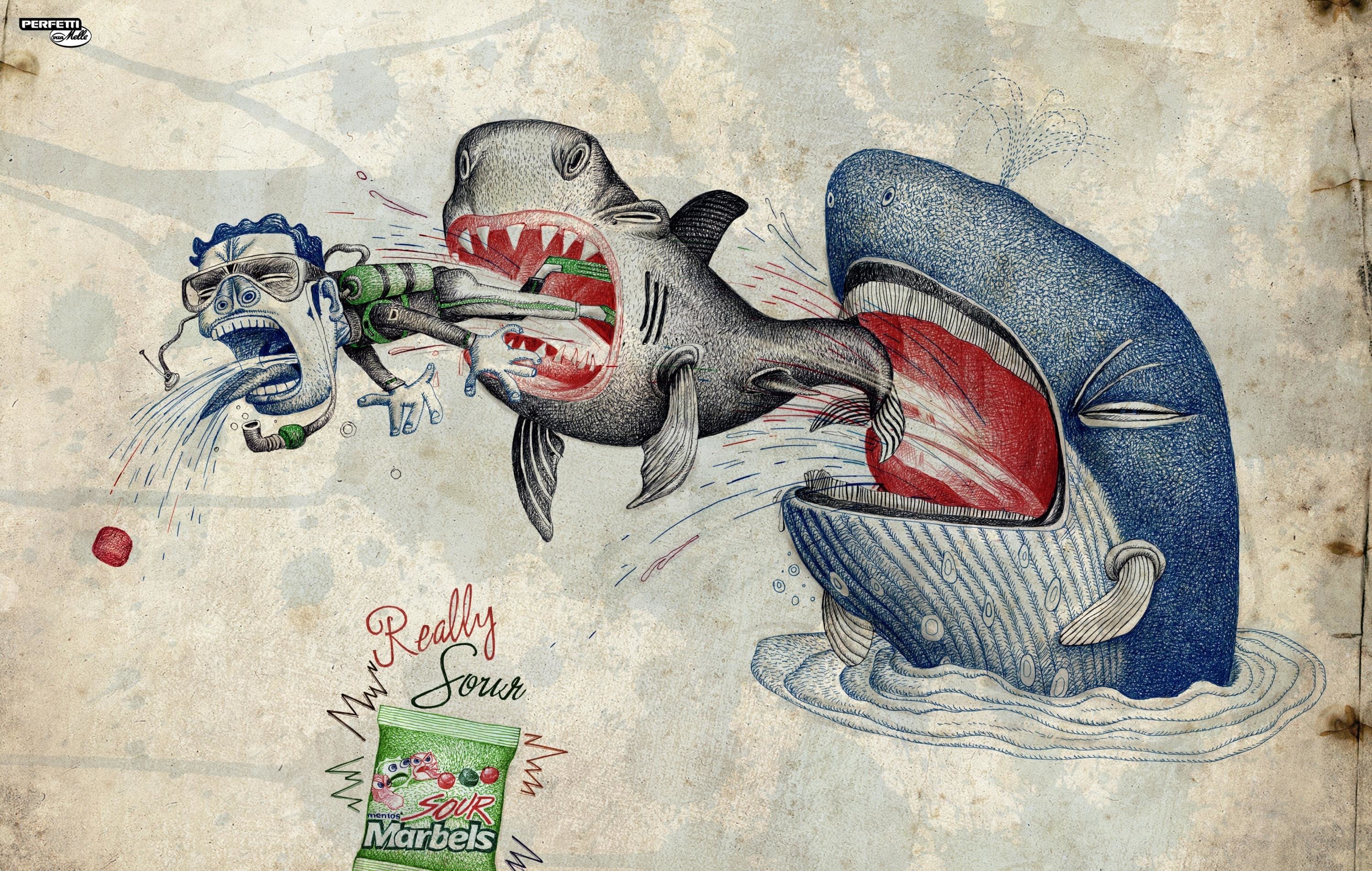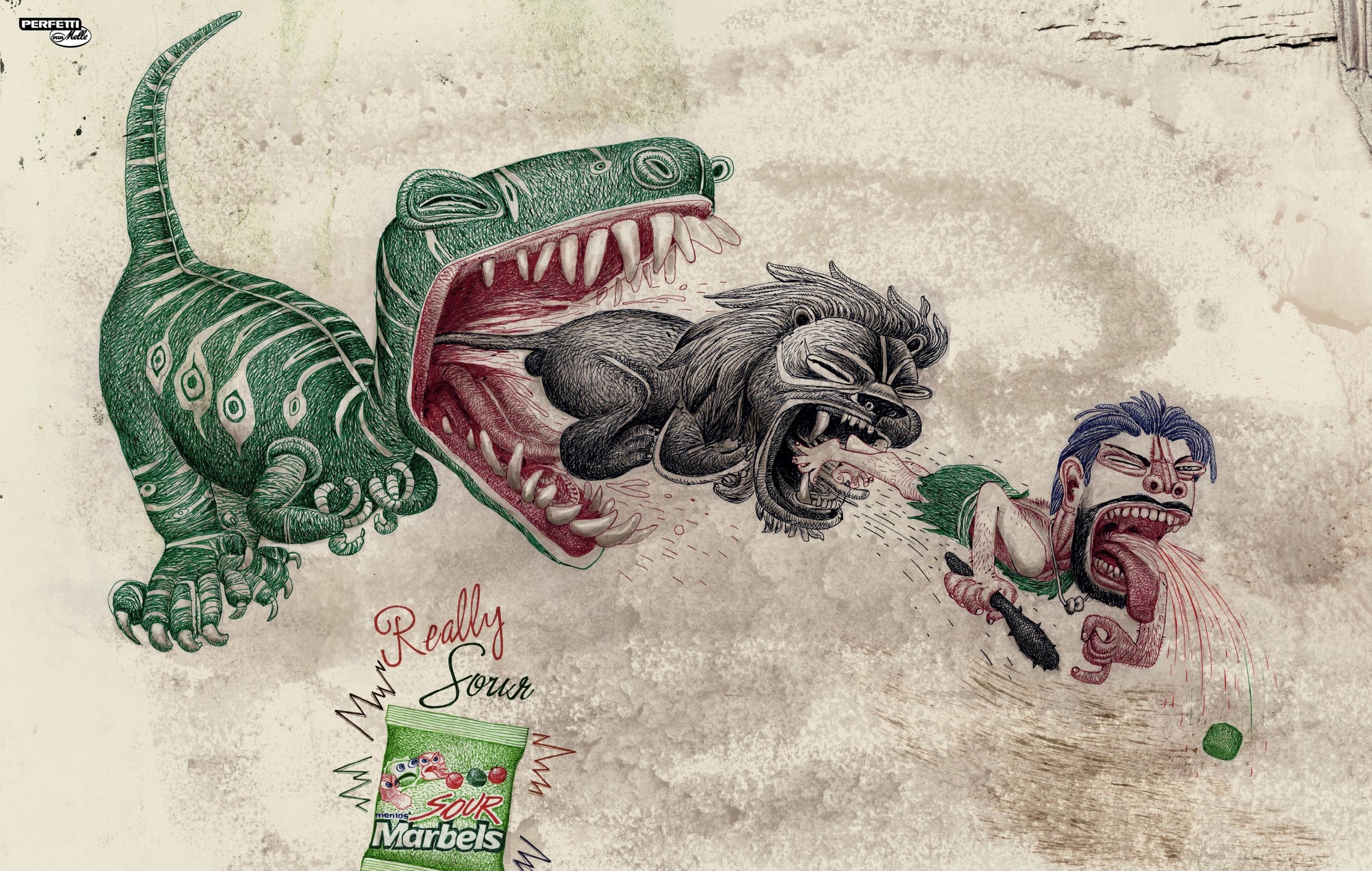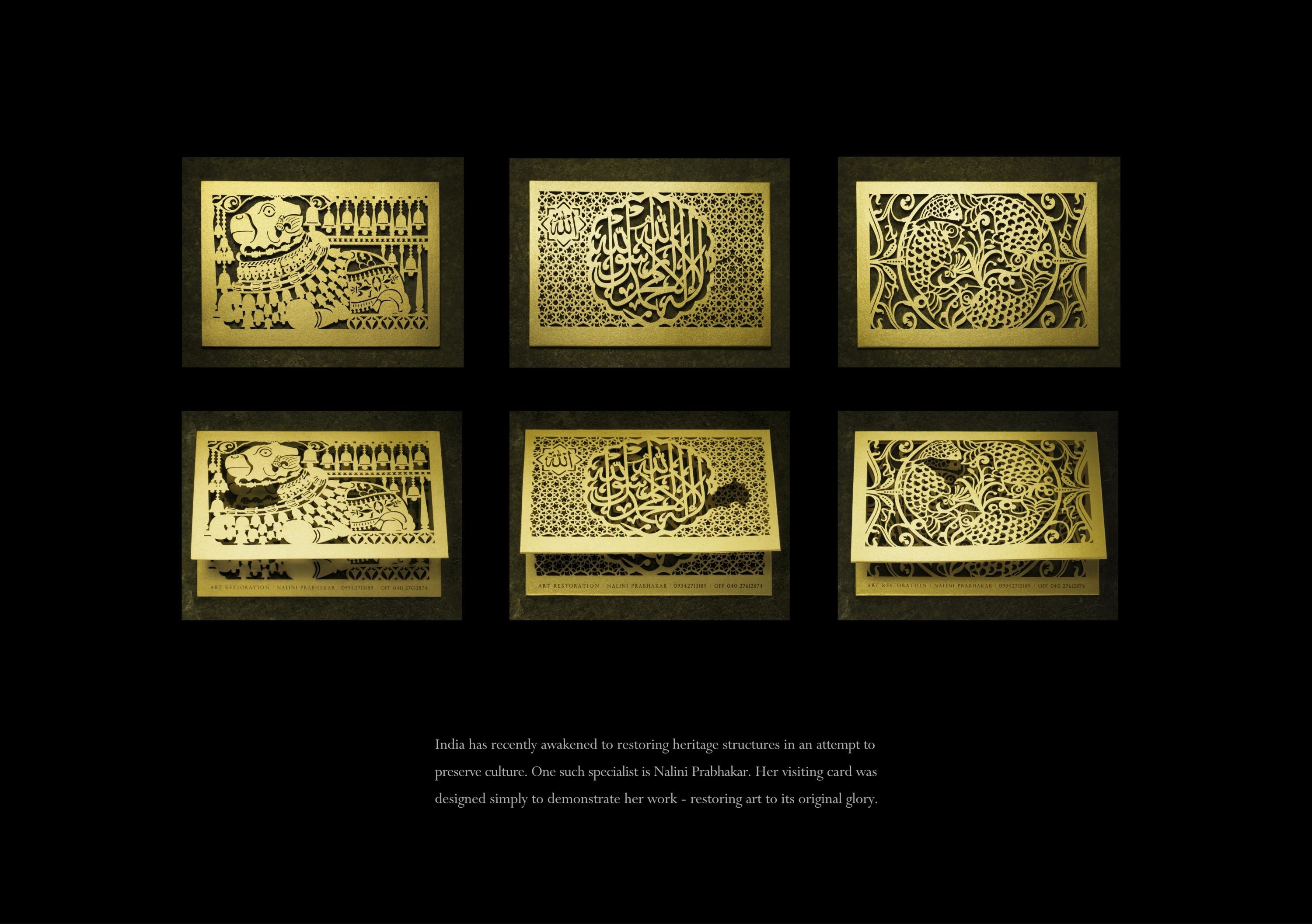Pharma > B: Communications to Non-Healthcare Professionals
GIANT FOOTPRINTS
OGILVY & MATHER INDIA, Mumbai / SABIN VACCINE INSTITUTE, INDIAN MINISTRY OF HEALTH & FAMILY WELFARE / 2015
Awards:
Overview
Credits
Overview
BriefWithProjectedOutcomes
Tackling any public health issue is a struggle in a country like India. Health systems are grappling with the effects of existing communicable and non-communicable diseases and also with the increasing burden of emerging diseases. Inadequate financial resources for the health sector and inefficient utilization add to the woes.
The population, of course, is enormous. And a large part of it is poor, illiterate and prey to superstition so they shy away from hospitals and public medicine.
There aren’t any strict health care regulations as the government leads such mass drug administration programs. The challenge however lies in participation.
CampaignDescription
After India was certified polio-free, the next goal was the elimination of filaria, a disease threatening 500 million Indians.
Mass drug administrations had been carried out in the past. However, due to mistrust in public health programmes, people would throw away the free medication.
The Ministry of Health & Family Welfare initiated a campaign to eliminate filaria, in the hope that a creative and provocative approach would help address this problem.
The idea was to first pique the curiosity of the rural audience, engage them and then reveal the truth. The patient was made the spokesman to overcome suspicions about the medicine. The trustworthy looking health worker delivered the ‘expert talk’.
In December 2014, nearly 200 thousand health workers visited 14 states and gave the medicine to over 300 million people. This time they took it willingly, bringing us closer to the goal of a filaria-free India by December 2015.
ClientBriefOrObjective
The goal was to convince people that Filaria is a deadly disease that can happen to anybody at any time and that they must take the free dose to prevent it.
The target audience was mainly the rural poor living in far-flung villages. Awareness about the disease was very low and few believed that they stood at risk.
The diversity was also daunting. 400 million people had to be reached in 17 states. The film had to be translated into 10 regional languages.
Execution
The Ministry of Health & Family Welfare invested heavily in national and regional advertising, radio and print materials. The spots were placed predominantly on regional channels, Doordarshan and All India Radio, with print-based advertisements in vernacular, state-specific media. The film was also shown at village health centres to cover even those at media dark areas.
The film is a fairy tale-like story of a group of people excitedly following a trail of oversized footprints and finding a filaria sufferer at their crest. The patient, who is often stigmatized in real life, is shown to educate and champion the cause himself. He tells others that even though it is late for him, others shouldn’t neglect it .The presence of a health worker in a trademark blue and white sari also makes it more credible, because she gives factual data of the number of people infected and how it can be prevented.
Outcome
In the first phase of Mass Drug Administration held in Dec 2014, nearly 200 thousand health workers visited 14 states and administered the medicine to more than 300 million people. And this time they took it willingly. Subsequent mass drug administrations have been scheduled in three other states for early 2015 and the Ministry of Health & Family Welfare has placed advertising in those states ahead of each drug distribution to promote awareness and participation.
The campaign was promoted on social media by Bollywood superstar Abhishek Bachchan and achieved broad coverage in Indian and global top-tier media, including BBC, CNN, and the New York Times.
Strategy
Given the diversity of our target audience, we wanted to make sure there were a variety of cues that were distinctly Indian, but not necessarily representative of any one state or region.
We made the filaria patient serve as a champion for treatment and action, rather than be a helpless victim. We got the trustworthy looking health worker to deliver the 'expert talk' about filaria-prevention.
We informed them that a health worker would be visiting their homes with this dose and that they should consume it without fail.
This would help us achieve the larger goal: to eliminate filaria from India.
Synopsis
Tackling any public health issue is a struggle in a country like India. The population is enormous. And a large part of it is poor, illiterate and prey to superstition – that’s why it doesn’t trust hospitals and public health programmes.
In the case of filaria, preventive tablets were earlier distributed door-to-door but, often, people did not consume them due to this mistrust. What complicates things further is that the symptoms of the disease show up 8-10 years later. This makes it hard for people to grasp that they are at risk.
More Entries from Education & Services in Pharma
24 items
More Entries from OGILVY & MATHER INDIA
24 items



